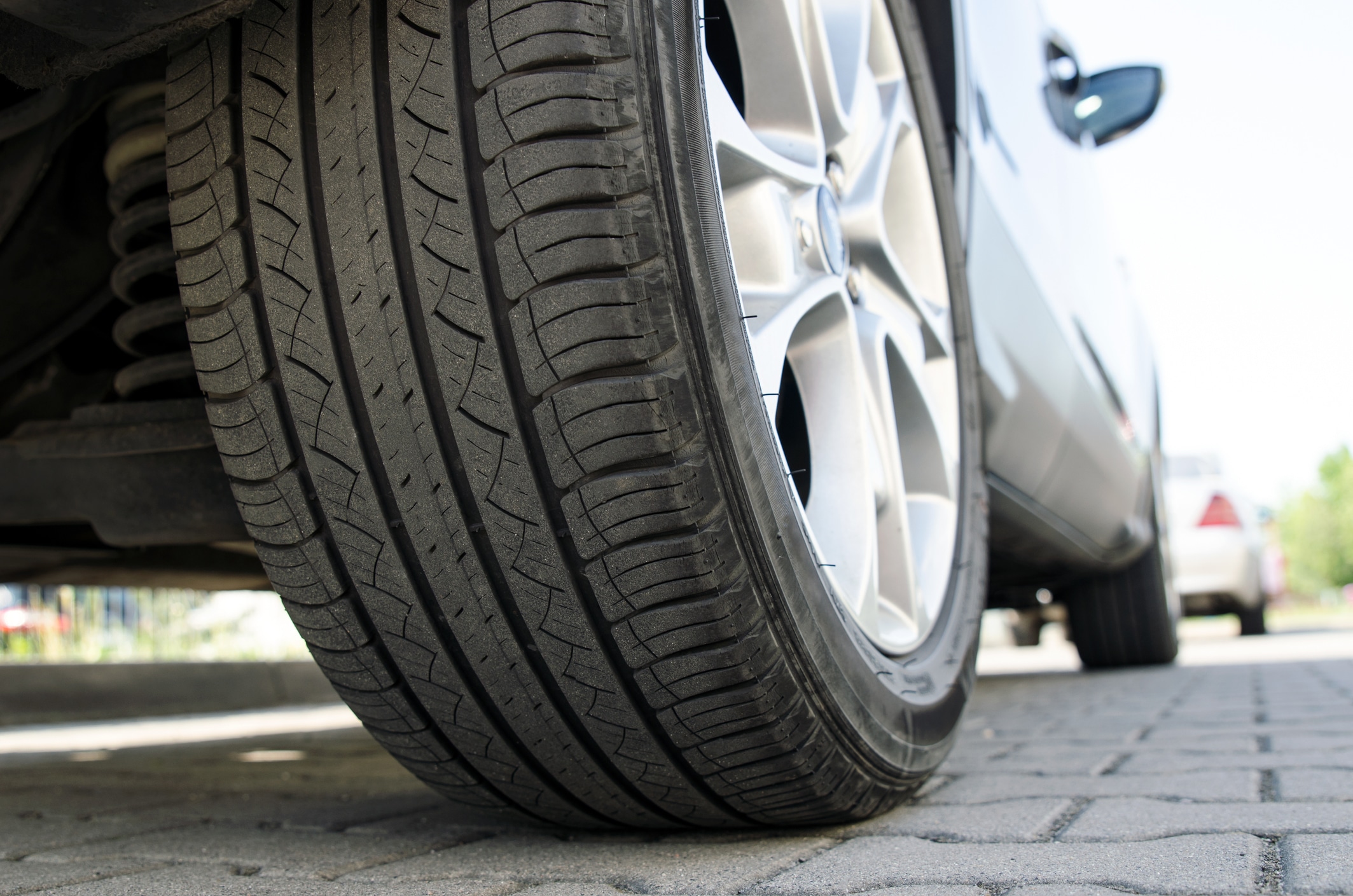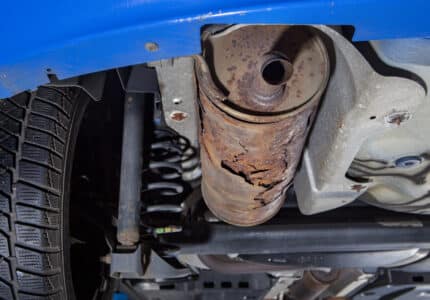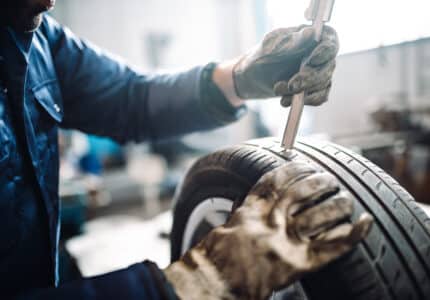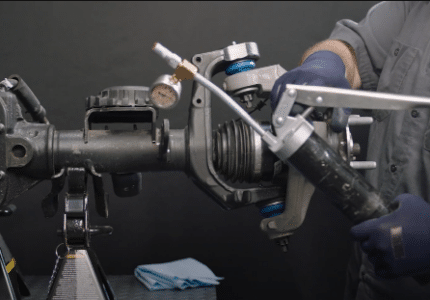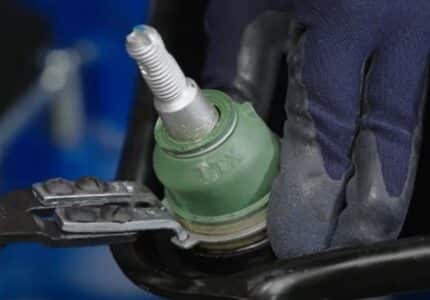What is My Tire Wear Telling Me?
The health of your tires is instrumental to how your entire vehicle performs. Improper inflation, for example, can not only cause irregular tire wear but also increase fuel consumption and put strain on other suspension components, wearing them out prematurely.
Proper inflation and alignment are key to optimizing your ride, so it’s important to know how to diagnose tire issues. Watch the on-demand webinar to see what your tire wear is telling you.
Different Types of Tire Wear
An underinflated tire causes the sidewalls to over flex, wearing out the outside edges. The tire will have less traction and be less stable since it will flex and “squirm” when cornering. It will also create a higher rolling resistance, increasing fuel consumption.
An overinflated tire causes the edges to lift, wearing out the inner treads. It can also put stress on other suspension components, causing costly premature wear.
To avoid issues caused by improper inflation, follow the inflation specifications on the vehicle door jamb/sill or fuel door. While you can find the maximum load rating on the tire, this is the maximum inflation the tire can withstand, it is not the tire’s inflation specification, which is defined by the vehicle.
Why does the vehicle define the inflation spec? The same size and brand of tire with the same max rating can be fitted on either a minivan or a sedan, yet the minivan can be specified at 36 psi and the sedan at only 30 psi.
Edge Wear
Edge wear is when one edge of the tire has worn down. This type of wear is caused by either a camber or toe alignment problem. If you run your hand across the tire and feel the peaks and valleys of a feathered tire, this indicates toe wear. If the tire feels smooth and the treads are worn evenly, then it is camber wear. To correct these problems, a wheel alignment must be done.
Cupping / Scalloping / Feathering
Known by many names, this condition is characterized by spotty wear patterns. It is caused when the tire is pressed up and down or shimmies side to side. There are many potential causes, including:
> Unbalanced tires
> Worn suspension components
– Ball joints
– Bushings
– Strut mounts
> Worn steering linkages (tie rods)
> Worn dampeners (shocks)
> Play in the wheel bearing
> A bent wheel
Each of the above potential causes needs to be ruled out to correct the issue.
Heel & Toe
Generally, heel & toe occurs on knobby tires, where the leading edge of the tread block is higher than the trailing edge. This can be caused by overloading or underinflating. The tires also need to be rotated regularly to help them wear evenly.
Spot Wear
Seen after wheel lockups under panic breaking or vehicle malfunction, spot wear can be caused by dragging a section of tread across the pavement. It creates vibration when driving, and there is no way to fix it. The tire can potentially blow out, so it should be replaced immediately.
Diagonal Wear
Diagonal wear appears as a single or repeat wear patch that diagonally crosses the tread. It is generally caused by problems in the rear of the vehicle, including rear wheel misalignment, severe wheel balance issues, a warped wheel or worn suspension components.
Summary
Overall, proper inflation and alignment, as well as a healthy chassis, are critical to getting the maximum life out of your tires. Watch the webinar for more tire wear diagnoses and solutions, as well as diagnostic tools that can help keep your vehicle safe on the road.
